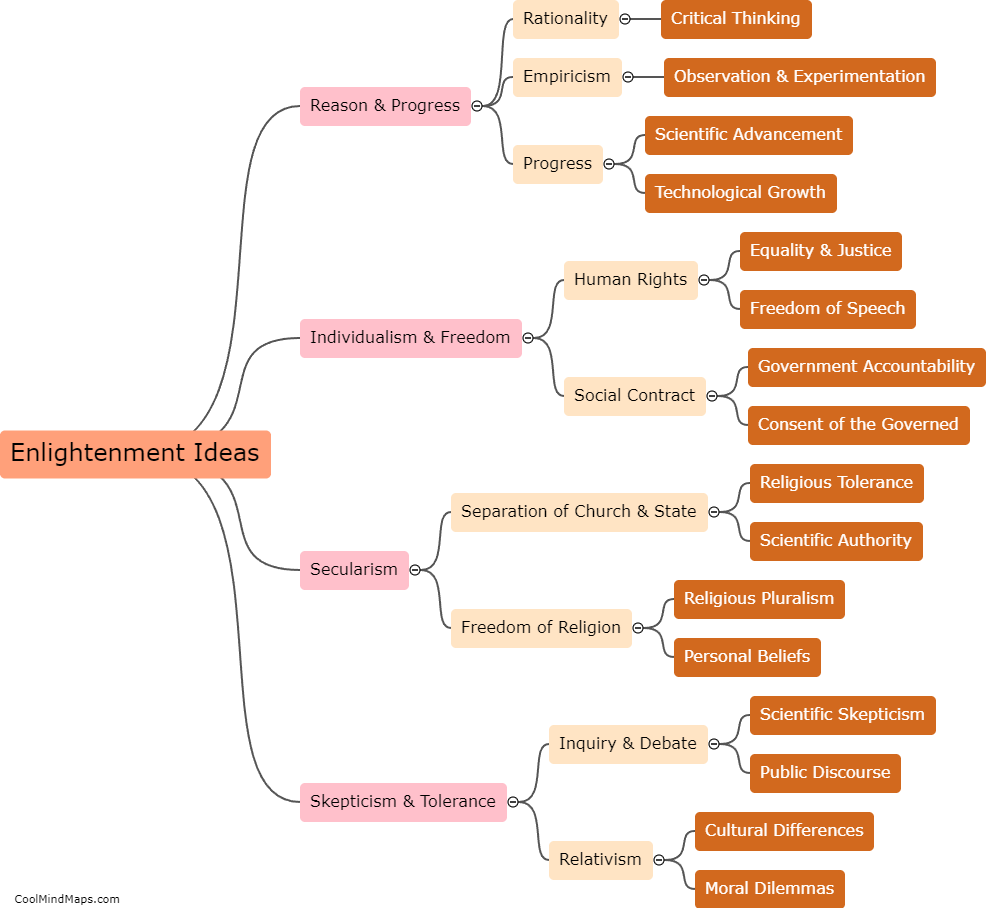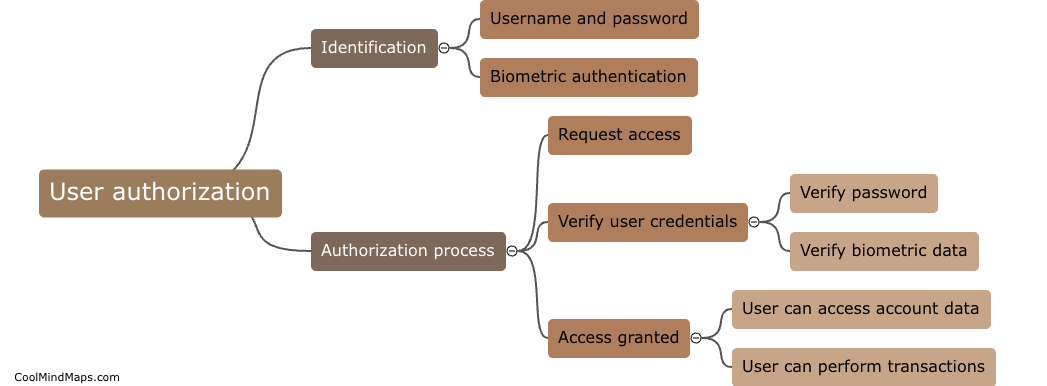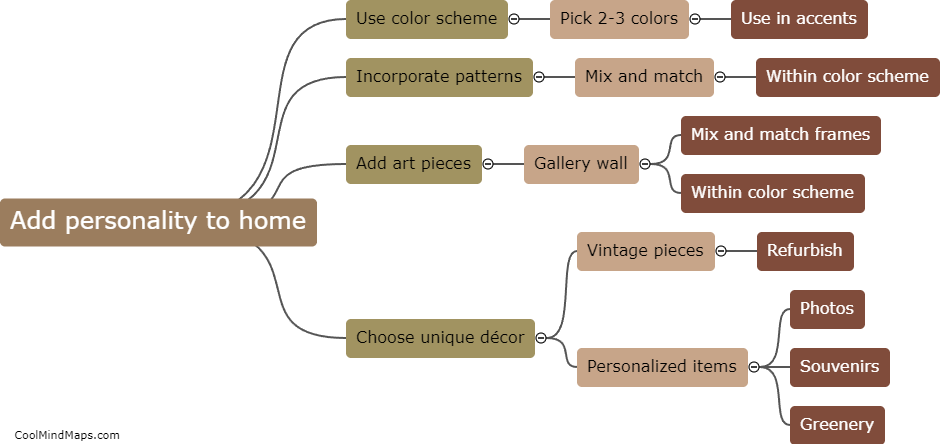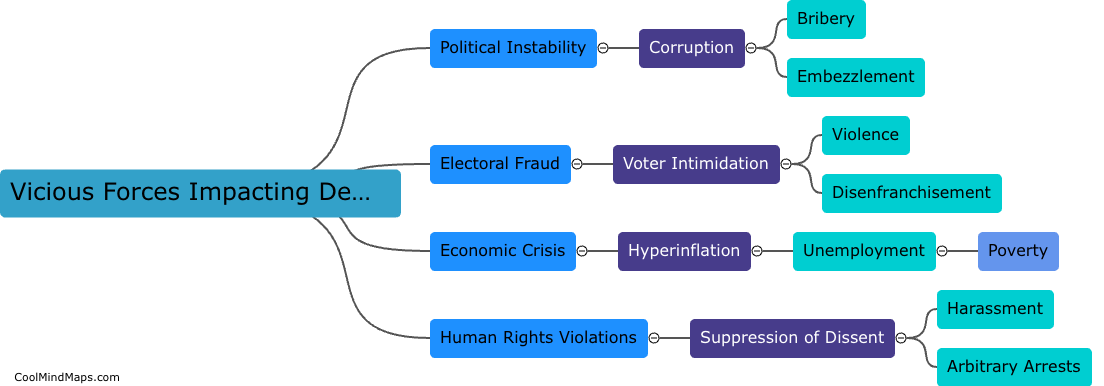How does nuclear fusion produce energy?
Nuclear fusion is a process that occurs when two light atomic nuclei combine to form a heavier nucleus, releasing a large amount of energy in the process. This energy is harnessed through the production of high temperatures and pressure, which cause the atomic nuclei to collide and fuse together. The fusion reaction releases energy in the form of high-energy particles, such as neutrons and protons, as well as electromagnetic radiation. This energy can then be captured and converted into electricity to power homes and businesses. Fusion has the potential to provide a nearly limitless, clean, and sustainable source of energy, making it a promising solution to our current energy needs.

This mind map was published on 13 August 2024 and has been viewed 61 times.











